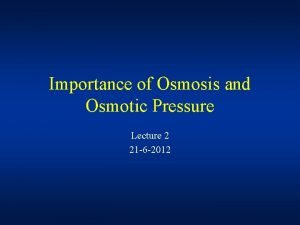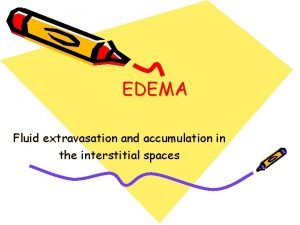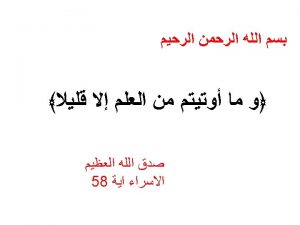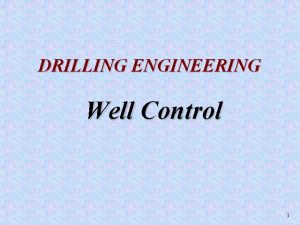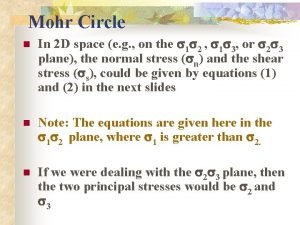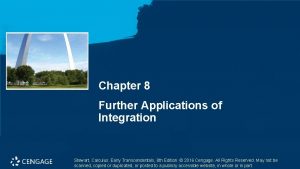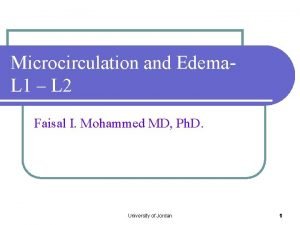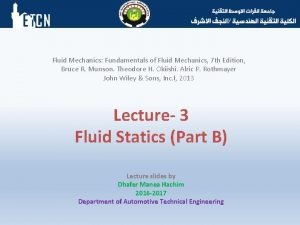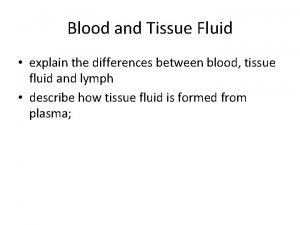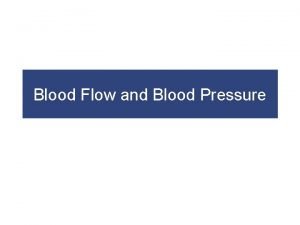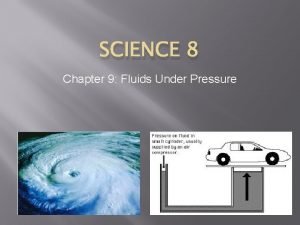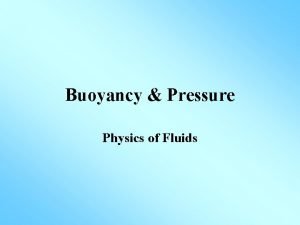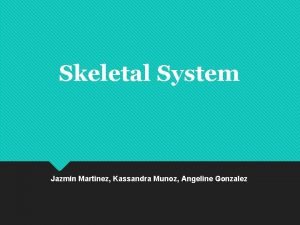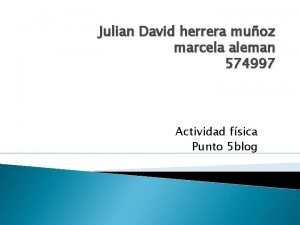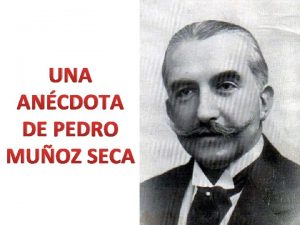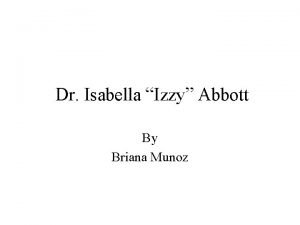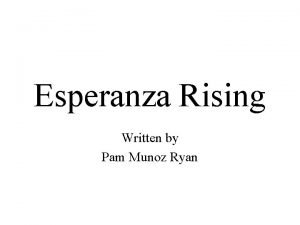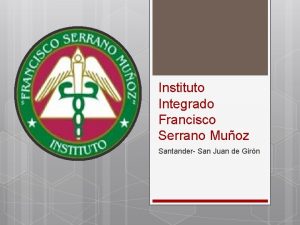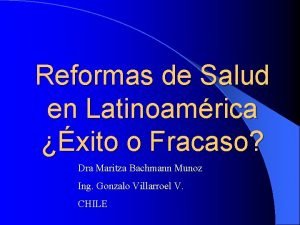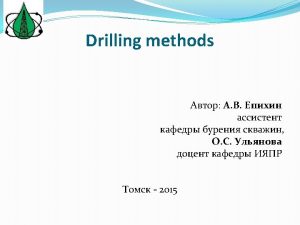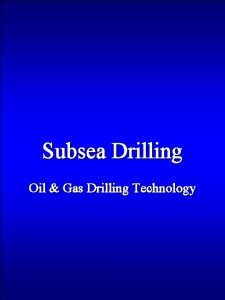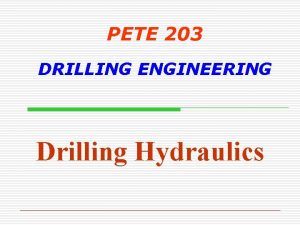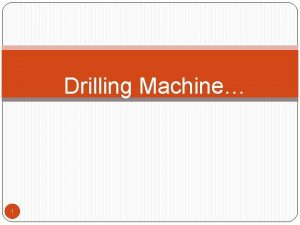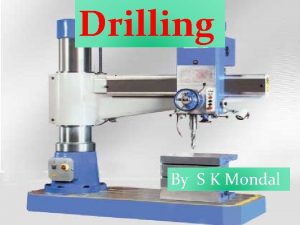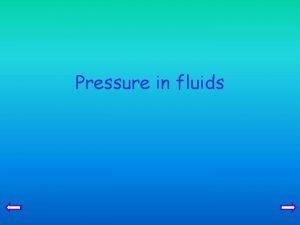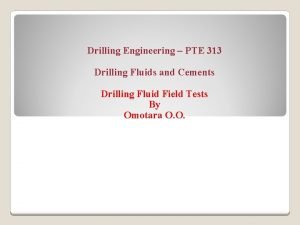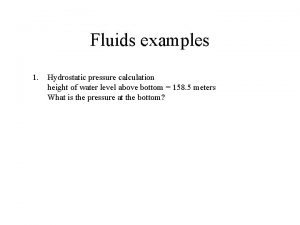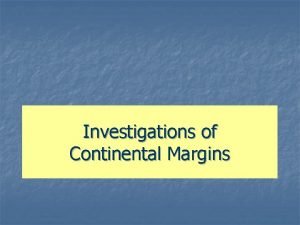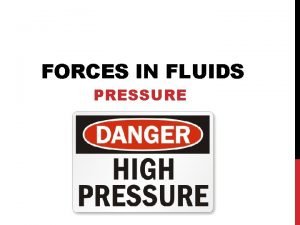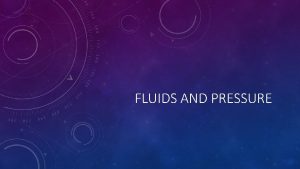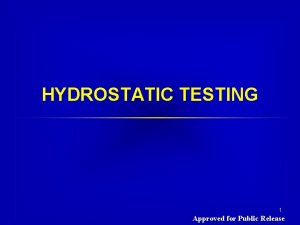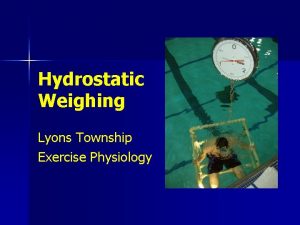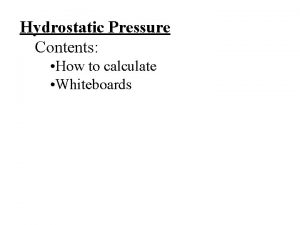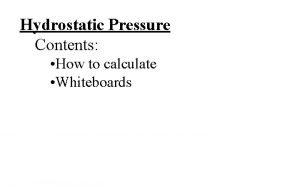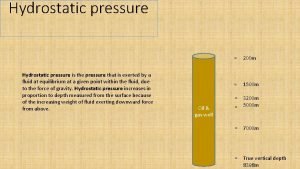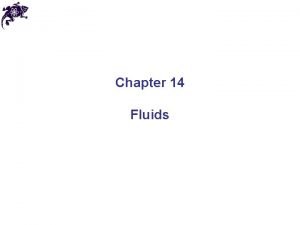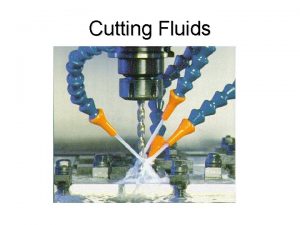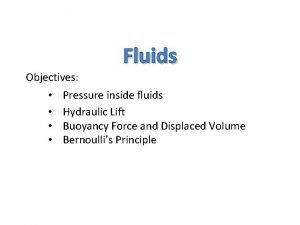Fluids Hydrostatic Pressure JOIDES Resolution Drilling Christine Munoz
























- Slides: 24

Fluids & Hydrostatic Pressure: JOIDES Resolution Drilling Christine Munoz Crystal Juárez http: //www. darkenergybiosphere. org/resources/toolbox. html

Center for Dark Energy Biosphere Investigations C-DEBI’s overall mission is to explore life beneath the seafloor and make transformative discoveries that advance science, benefit society, and inspire people of all ages and origins.

A microscopic living organism, such as a bacterium, fungus, protozoan or virus. With few exceptions, microbes’ primary role is that of decomposers, consuming organic muck and deceased material, allowing it to be used within the system. A significant component of our research project was our “adoption” of Alcanivorax borkumensis, via the Adopt-a-Microbe program, which we were given updates and information about.

Alcanivorax borkumensis rod-shaped n-alkanes are the principle of carbon and energy source by use of the broad spectrum of oil-degrading enzymes it possesses The microbe plays a major role in keeping our oceans in pristine condition as well as the inhabitants of the ocean and the inhabitants of the coastal regions in good health.

What does FLOCS stand for? FLow-through Osmo Colonization Systems What are Flocs? They are cassettes and chambers that are usually packed with several colonization substrates (for example glass beads). Flocs are usually sent down to the bottom of the ocean with a replicated environment that is colonized by microbes. After some time the flocs are lifted up and microbiologists study the organisms that started to inhabit the rock of preference.

Mission Statement Our mission as the ALCHS Quik. SCience team is to demonstrate that not all microbes are harmful to human behavior, including the microbe “ Alcanivorax borkumensis” Educate the public about the work done on the JOIDES Resolution and its benefits from the drilling operation.

JOIDES resolution The JOIDES Resolution is a deep sea drilling research boat that explores deep sea life. The scientists on board spend long hours gathering microbes from beneath the sea floor and studying their behaviors. Through this research, we have been introduced to the types of microbes that can be extremely beneficial to our society, including the oil-eating microbe named Alcanivorax borkumensis. This microbe works as an energy converter by using the oil particles as a source of food.


What We Learn from Ocean Drilling Ocean drilling has: Confirmed theories of plate tectonics and continental drift. Altered our thinking about the formation of geologic hazards like earthquakes, volcanoes and tsunamis. Discovered methane, in the “frozen” form of hydrates (substance containing water), in sediments below the ocean, and confirmed that they exist worldwide. Discovered a vast and active biosphere of microbes living deep below the seafloor, far deeper than scientists ever predicted life could exist. Provided major insights into the paleoclimate record—the changes to our global climate that have occurred over the past 100 million years and more.

Under Pressure: Life on the Deep Ocean Floor • One of the most remarkable aspects of the microbes we are studying is their ability to withstand enormous pressures, while maintaining homeostasis. • To help you better appreciate the magnitude and cause of this pressure, we need to define what pressure is, and how it varies depending on the depth you are at.

Pressure Definition: the force per unit area applied to the surface of an object. The pressure will increase when you: – Apply a greater amount of force – Concentrate a given amount of force into a smaller area Atmospheric Pressure (Patm): the “weight” of the air sitting on top of an object at sea level, divided by the surface area of the object. Patm = 101, 325 N/m 2

Hydrostatic Pressure If an object, such as a microbe, is located entirely under water, the pressure on it is increased, because it has the weight of the air plus the weight of the water above it pressing it down. The pressure of the air = Patm

The Pressure of the Water The downward pressure exerted by the water on the object shown here is: h = depth of water A = surface area of object V = volume of water g = gravitational acceleration (9. 8 m/s 2)ρ = density of water When you add the pressure of the air (Patm) plus the pressure of the water (ρgh), you get what is called the Hydrostatic Pressure. V = Ah

Hydrostatic Pressure P = pgh + Patm (Hydrostatic Pressure Equation) Patm = 101, 325 n/m (constant for atmospheric pressure) p = 1 kg/m (constant density for H 2 O) g = 9. 8 m/s 2 (this is the constant of gravity)

Practice Problems In your groups work together to solve given problems

JOIDES-PARDY (aka jeopardy ) The class will now be divided in half. The right hand side will be team Alcanivorax & The left will be borkumensis! We will now ask you a series of questions in relation to our presentation. You may use any notes taken as a reference for your answers REMEMBER YOU ARE PLAYING FOR EXTRA CREDIT!

For 5 points P = P gh + Patm

Answer What is the Hydrostatic Pressure Equation?

For 5 points 101, 325 N/m 2

Answer (2) What is Atmospheric Pressure?

For 10 Points Cassettes and chambers sent down to the bottom of the ocean by scientist aboard the JOIDES resolution in order to collect information on microbes

Answer (3) What are FLOCs?

For 15 Points This microbe consumes oil

Answer (4) What is Alcanivorax borkumensis?
 Interstitial fluid hydrostatic pressure
Interstitial fluid hydrostatic pressure Osmolarity versus osmolality
Osmolarity versus osmolality Hydrostatic oncotic pressure
Hydrostatic oncotic pressure Oncotic vs hydrostatic pressure
Oncotic vs hydrostatic pressure Hydrostatic pressure
Hydrostatic pressure The mohr circle for a point in hydrostatic fluid will be
The mohr circle for a point in hydrostatic fluid will be Hydrostatic pressure calculus
Hydrostatic pressure calculus Hydrostatic vs osmotic pressure
Hydrostatic vs osmotic pressure A gravity dam of trapezoidal cross section
A gravity dam of trapezoidal cross section Hydrostatic pressure on vertical wall
Hydrostatic pressure on vertical wall Lymph vs plasma
Lymph vs plasma Baroreceptor reflex high blood pressure
Baroreceptor reflex high blood pressure Science 8- fluids under pressure worksheet answer key
Science 8- fluids under pressure worksheet answer key Apparent weight formula
Apparent weight formula High resolution low resolution
High resolution low resolution Sensaciones cromáticas
Sensaciones cromáticas Angeline gonzalez
Angeline gonzalez Alejandra herrera muñoz
Alejandra herrera muñoz Luis enrique arango muñoz
Luis enrique arango muñoz Pedro muñoz seca epitafio
Pedro muñoz seca epitafio Oscar muñoz moreno arrones
Oscar muñoz moreno arrones Richard abbott isabella
Richard abbott isabella Esperanza rising pictures
Esperanza rising pictures Instituto integrado francisco serrano muñoz
Instituto integrado francisco serrano muñoz Maritza bachmann muñoz
Maritza bachmann muñoz

